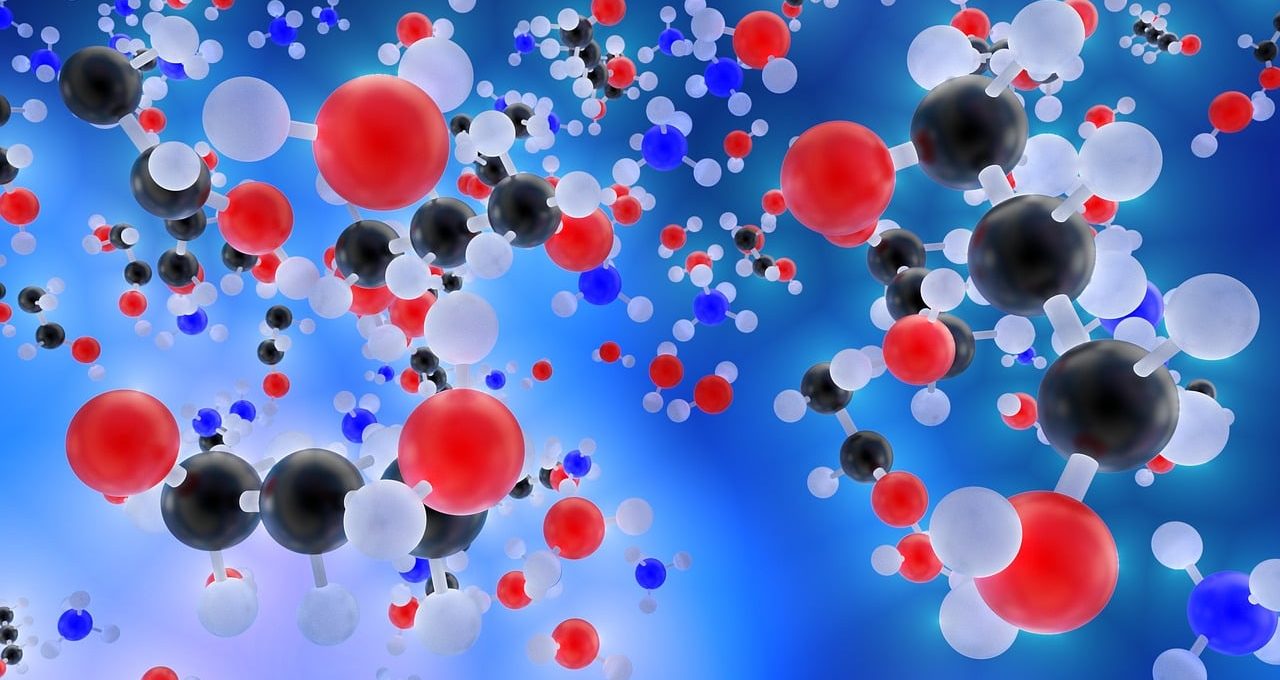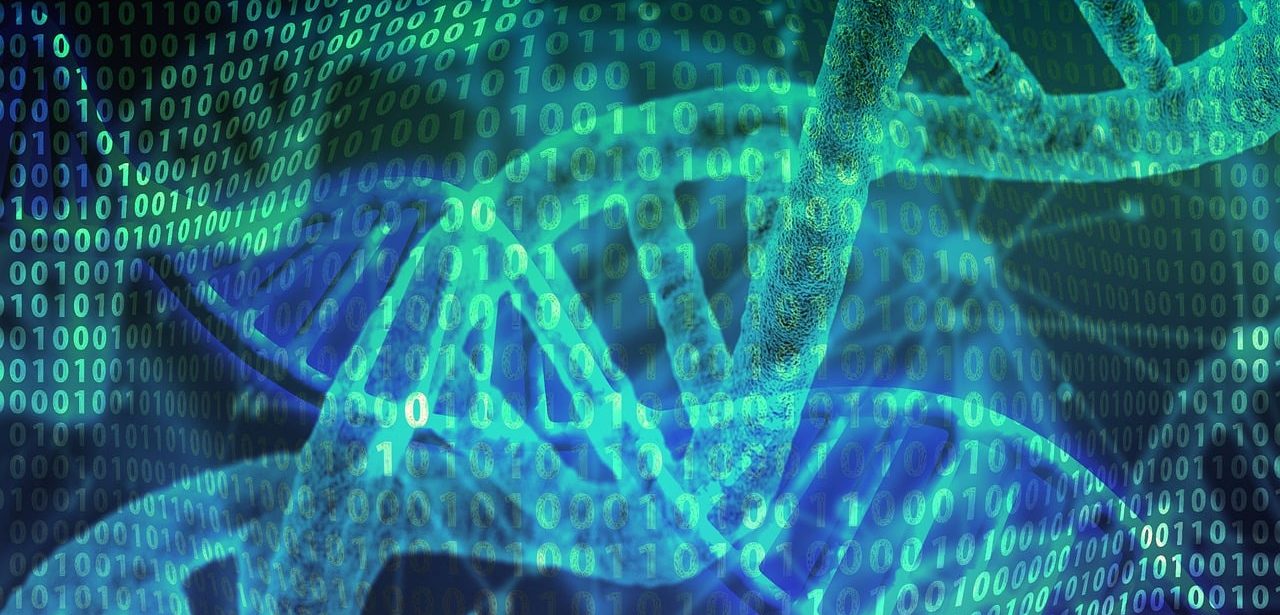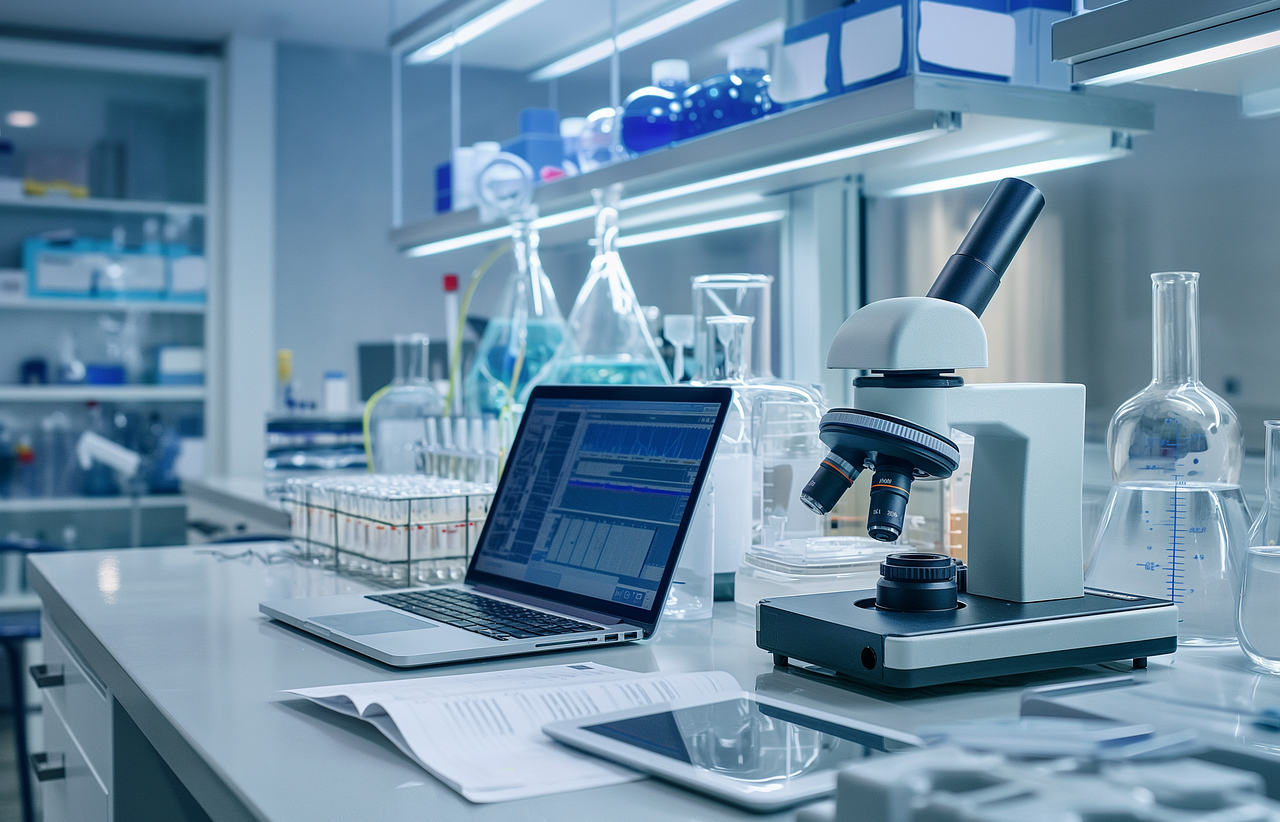
Atoms and molecules are the focus of interest in the computer simulation technique known as molecular dynamics.
Molecular dynamics is the name of a computer simulation technique that is used to observe how particles move. To do this, using a computer, a test of the interaction of molecules and atoms is carried out for a certain period of time.
Using numerical procedures, algorithms from information theory and computer science , as well as principles and conjectures from chemistry , physics and mathematics , this resource provides relevant information regarding evolution. that gradually reveals a system that can be biological, chemical or physical.
Molecular dynamics , a methodology conceived within theoretical physics that expanded until it was also useful within materials science and biophysics , is not exact since there is a margin of error even if one tries to work with the best level of accuracy. possible approach. It is important to be clear that the simulated behavior is not one hundred percent faithful to reality, but rather offers a representative panorama of a certain behavior in a phase space .
Principles and characteristics of molecular dynamics
When understanding what molecular dynamics consists of, what its characteristics are, what principles it is based on and how it is carried out, it is essential to educate yourself about multiple expressions and notions.
It is essential to master the concepts of force fields (as they are, from the perspective of classical physics , the gravitational field and the electromagnetic field , for example) and intermolecular forces (in reference to the interactions that occur between molecules, such as as occurs with dipole-dipole attractions and dispersion or Van der Waals forces , to cite two references).
You must also know and be able to solve Newton's equations of motion in order to calculate the forces that occur between atoms . The same with temporal integration algorithms , a set of which the so-called Verlet algorithm is part: to take advantage of molecular dynamics this kind of resource must also be incorporated.

Through the technique called molecular dynamics it is possible to simulate the movement of DNA, contemplating its interactions and folding.
Applications
The field of application of molecular dynamics is very diverse, as will be seen based on the data that we will share below.
According to practice, this computational method is effective for carrying out tests and making findings linked to the field of proteins . Specifically, around protein-ligand interaction and protein folding .
Materials science experts, meanwhile, use the molecular dynamics technique when working with porous materials or when dedicating themselves to the area of nanotechnology .
It is also useful for studying chemical reactions and collecting information regarding the properties of gases or liquids. Work related to membrane dynamics and drug design , to add more examples, benefit from the molecular dynamics methodology.
The combinations of this technique and artificial intelligence are also opening the way to a revolutionary era that, although it still requires testing and development, promises results of enormous relevance in scientific matters. An example of this is the design of a dual agonist of a receptor identified as GIP/GLP-1 that is emerging as an effective solution in the treatment of pathologies such as obesity and type 2 diabetes .
Requirements for molecular dynamics simulation
To carry out a molecular dynamics simulation , it is necessary to prepare the systems considering, among other issues, the thermodynamic assemblies . The isothermal-isobaric assembly (NPT) and the canonical assembly (NVT) cannot be ignored.
Practical and theoretical training must also consider the teaching and application of the thermostatting technique and the methodology aimed at analyzing and interpreting the results of each simulation .
You must also be trained in the use of molecular dynamics software (GROMACS, AMBER, NAMD) and have tools to visualize the simulations.

Molecular dynamics generates enormous benefits for the evolution of scientific research and technological developments, which is why it is used in numerous disciplines.
Advances and studies
Although today there are limitations and challenges to overcome through research and experimentation, studies and advances in molecular dynamics continue to grow worldwide.
Some time ago, to detail a relevant case on an international scale, a group of researchers from Barcelona announced the creation of a free and open access database focused on molecular dynamics simulations that are very useful to learn more about viral proteins linked to COVID. -19 .
It is a modern and innovative development, its promoters pointed out, capable of being compatible with current simulations and that even allows working with systems of considerable size and extensive trajectories.
On the other hand, the use of molecular dynamics simulations to describe, on an atomistic scale, the permeability phenomenon without the need to previously synthesize compounds has transcended. Specifically, this technique has been contemplated in a work to predict the level of observable permeability in small compounds taking into account the blood-brain barrier.
